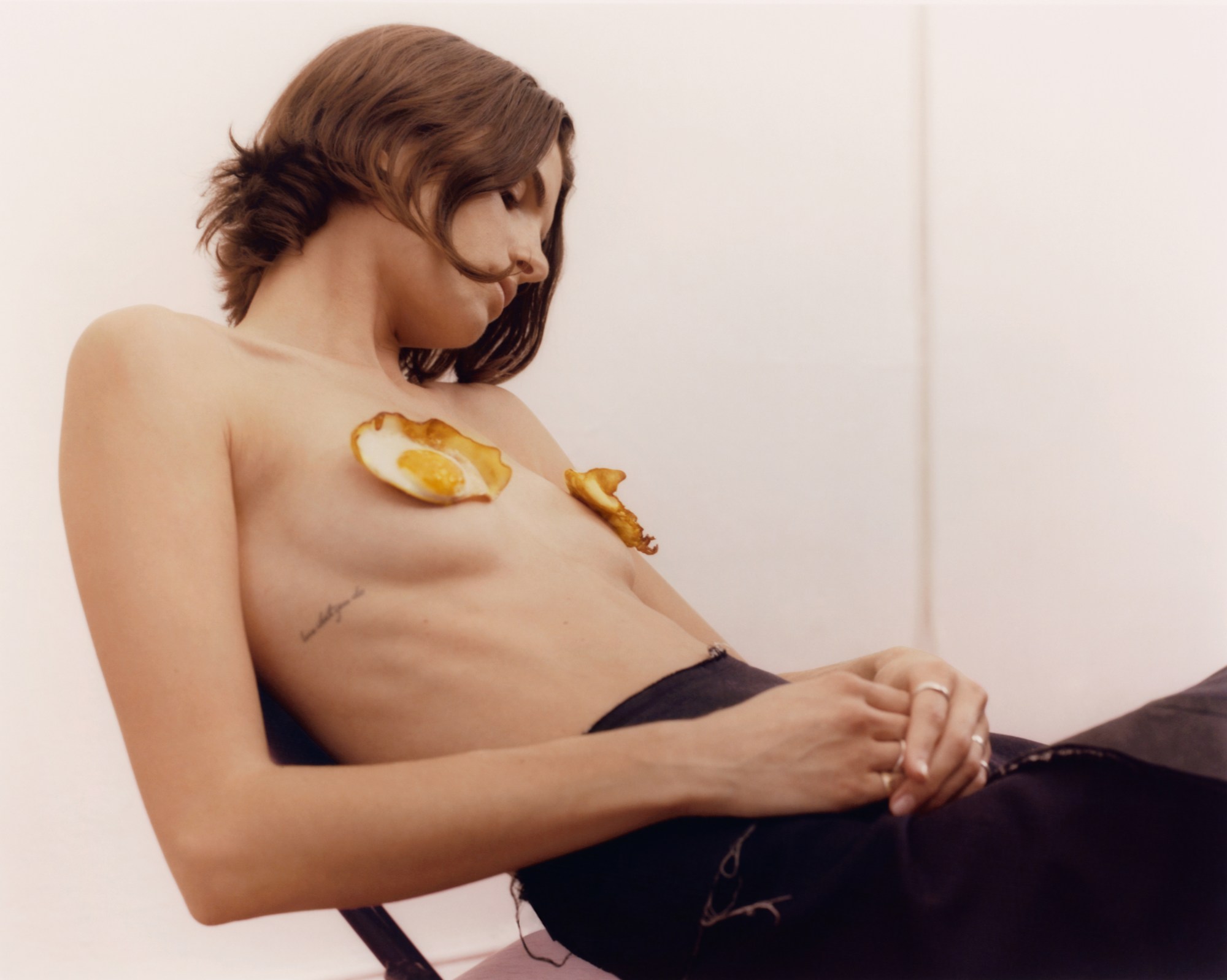“This book is like a goodbye note or a love letter to Los Angeles,” the photographer Parker Woods says. After swapping coasts and moving to New York six months ago, Parker’s first self-published book, Opening Body, was conceived as a visual epitaph to his four years in California. Having previously conceded he was “too soft” to brave the Big Apple, what’s changed? “I guess I’ve gotten harder during the last four years,” he says, laughing. “Over the course of being in LA I feel like something just clicked. I had a little bit more confidence in my ability and New York didn’t seem so scary anymore.”
Now based in Brooklyn, the book signals the beginning of a new chapter for him, both in life and work. Having only arrived at photography in his late teens, Parker’s formative education was almost entirely digital: both Flickr and Instagram were key to his early creative development. Fast-forward a decade, and with a number of high-profile commissions for the likes of Erdem, Stella McCartney and Namacheko under his belt, the need to escape the ephemeral cycle of illuminated pixels became a major incentive for Parker to pursue publishing his work in real life. “The moment I wanted to leave LA coincided with this idea of moving away from only having work showcased on the internet,” he says. “The idea of having people’s attention for as long as it takes to slide your thumb continues to not sit well with me. I just wanted to have something that exists in the physical world that I was proud of, even if I just gave it to friends.”
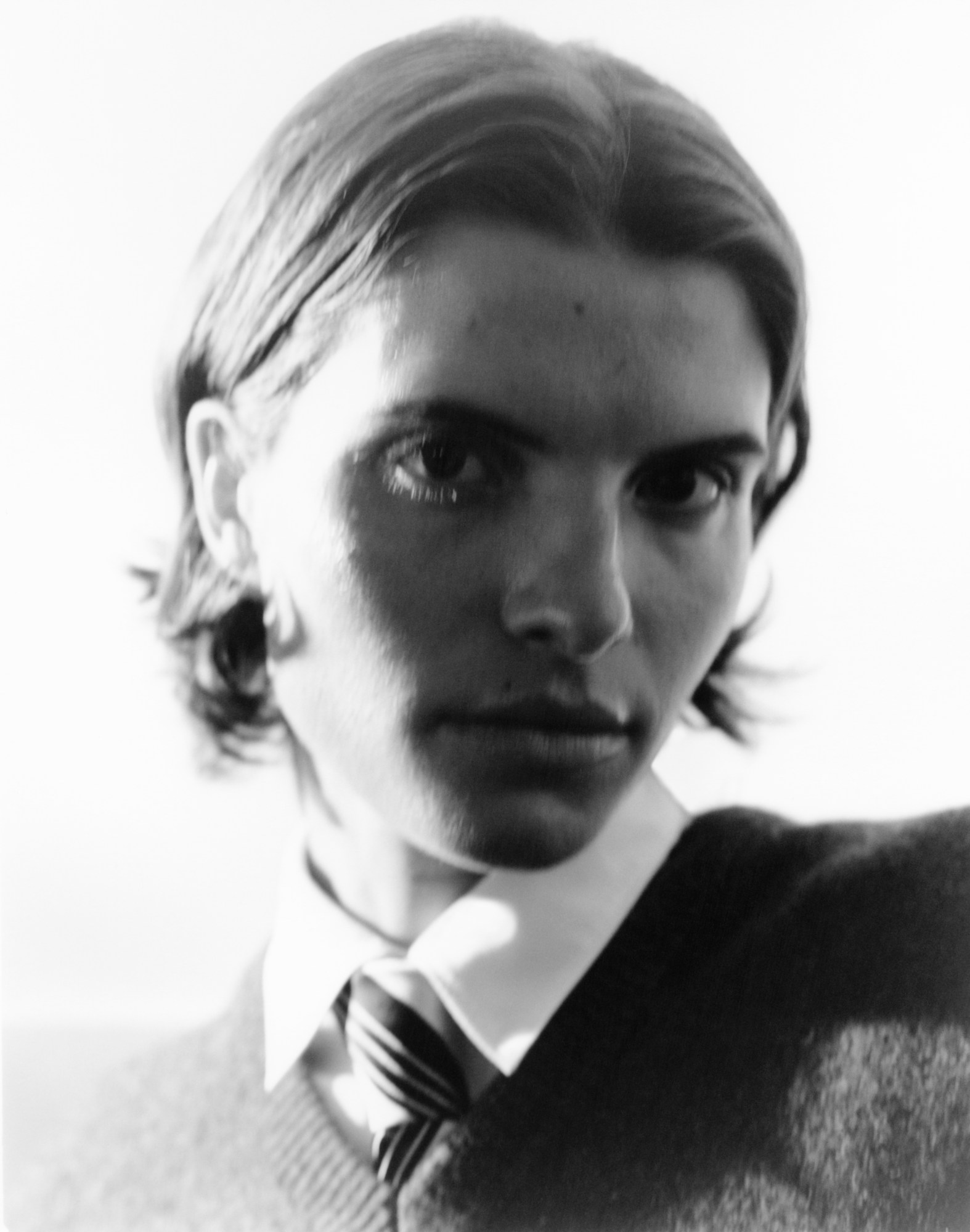
Shot over the course of two days, the book offered some form of closure for Parker, who deliberately chose locations and a team of collaborators that had all been an important part of his time in LA. “I worked with the same team that I first worked with when I arrived [there],” he says. “We shot in the apartment I’d lived in for four years and also in my first studio.” Instead of indulging in melancholy and nostalgia, the shoot was an acknowledgment of all that the city had given him, as well as the need to move on. “The mood at the time was definitely complex,” Parker says. “I was leaving a place almost purely because I felt I was too comfortable there, and I felt work would be a lot better in New York. The shoot was this final coalescence of what I’d spent my time in LA trying to craft.”
Part of this was an attempt to escape what Parker saw as the vacuity of celebrity culture in LA, a well-worn cliché of the city that, he thinks, facilitates a tendency to favour style over substance. “It’s not necessarily a secret, but I have such disdain for red carpet culture and that’s so ubiquitous in LA,” he says. “Everything is seen through this lens of talent and celebrity. I felt like I was very much working against the current during my time there.” In his eagerness to work with like-minded people, Parker cast LA-based musician Raph after being introduced by the shoot’s stylist and close friend, Alex Assil. “Raph is one of those people that’s young, incredibly talented and just has this energy and look that I really loved,” Parker says. “She’s not on the LA influencer circuit, she just doesn’t want that, and that’s more reason to celebrate her talent.”

The resulting images combine Parker’s personal narrative with the soft, editorial style he has honed shooting for a number of international fashion titles. In spite of his experience in fashion, Parker was keen for the styling to be supplementary and the focus to remain on Raph. “I didn’t necessarily see her looking any way in terms of fashion,” he explains. “I just wanted to have her wearing pieces that represented who she is. There’s these character shifts throughout the book, where she’s more masculine in trousers, slouched in a chair, smoking a cigarette, but then there’s also these really beautiful in-between moments where she’s more pensive.”
I love the idea of not being so precious about it while having it be significant,” he adds. “I wanted there to be a sense of character, where you can have an image that by itself is maybe not the strongest, but within the context of other images has this meaning attached to it.”

In his embrace of imperfection, Parker was inspired from the work of prolific Japanese photographer Nobuyoshi Araki, as well as British photographer Mark Borthwick. “[Nobuyoshi’s] approach to his books is really inspiring. Even if the subject matter itself is significant, he doesn’t place the significance on the individual image and he’s never too precious with them.” Similarly, Mark Borthwick’s irreverent Xerox scans of his own books — affectionately referred to by Parker as, “a bit of a fuck you to the project”, emboldened his conviction to embark on a DIY project of his own.
These influences — and the ethos they inspired in his book — look set to continue shaping Parker’s professional outlook for years to come. “I’m already working on the next book,” he says. “It’s still in line with not being too precious, but I just want to view my body of work as a physical thing.” Like Nobuyoshi, who has famously published over 500 books over his career, Parker’s sees the physicality of print as a kind of line in the sand against which his progression as a photographer can be measured. “Not all the photos I took during my time in LA were good, and I want some books that have the same sense of growth. But I never want to get stuck in this revolving door of creating work that looks the same. I don’t want to get pigeonholed. I want to be direct about always pushing forward.”
‘Opening Body’ by Parker Woods is available to buy on the photographer’s website.

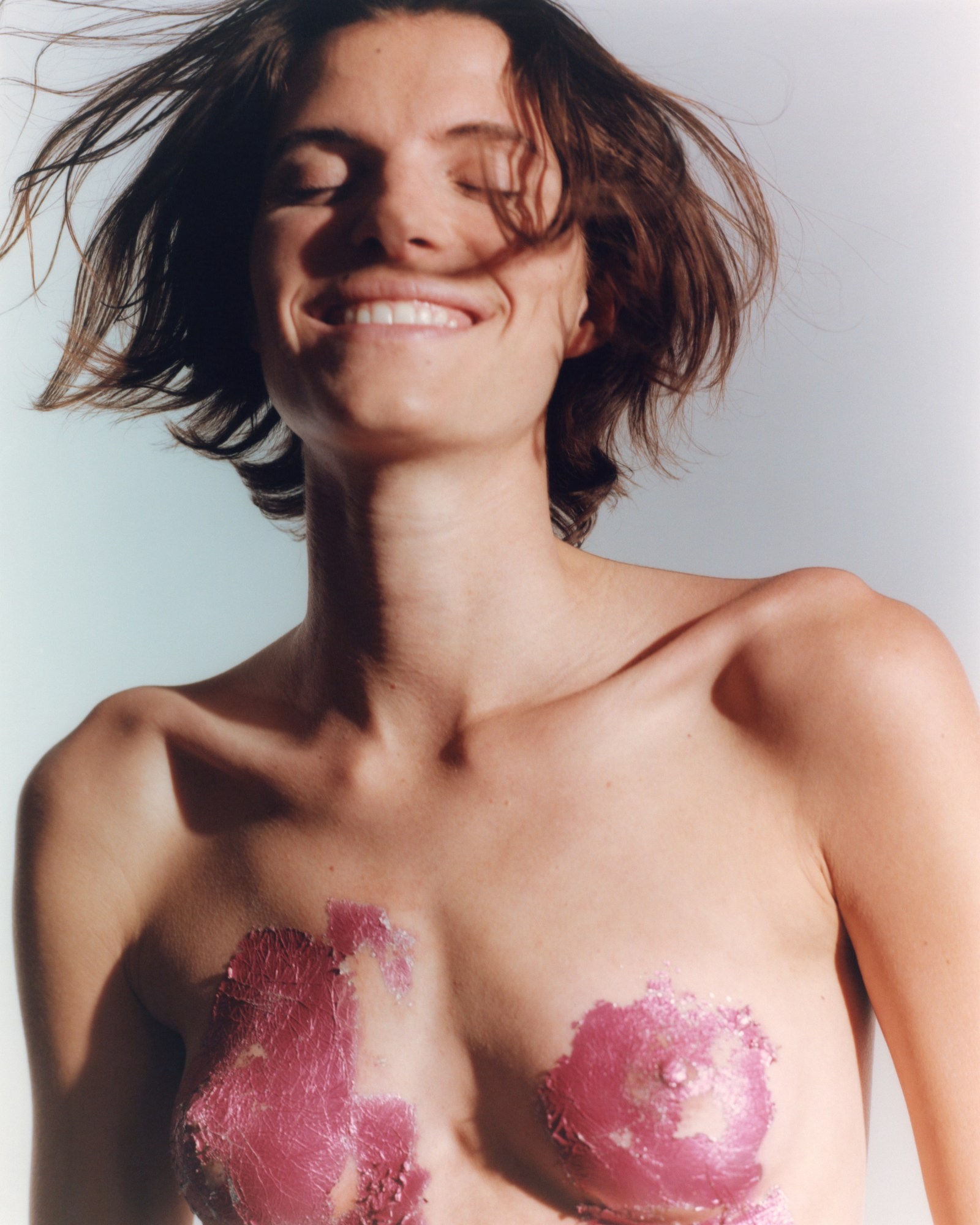

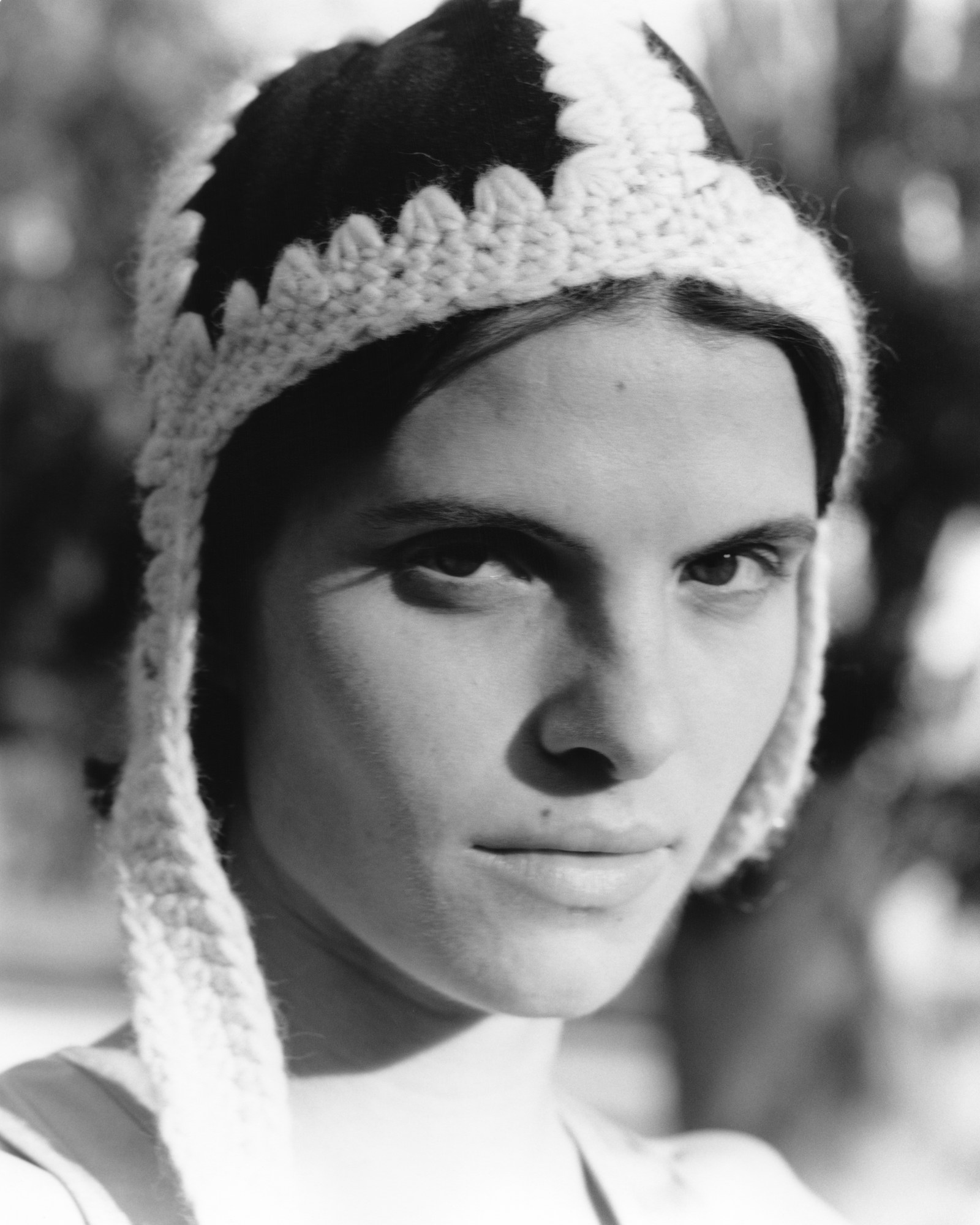

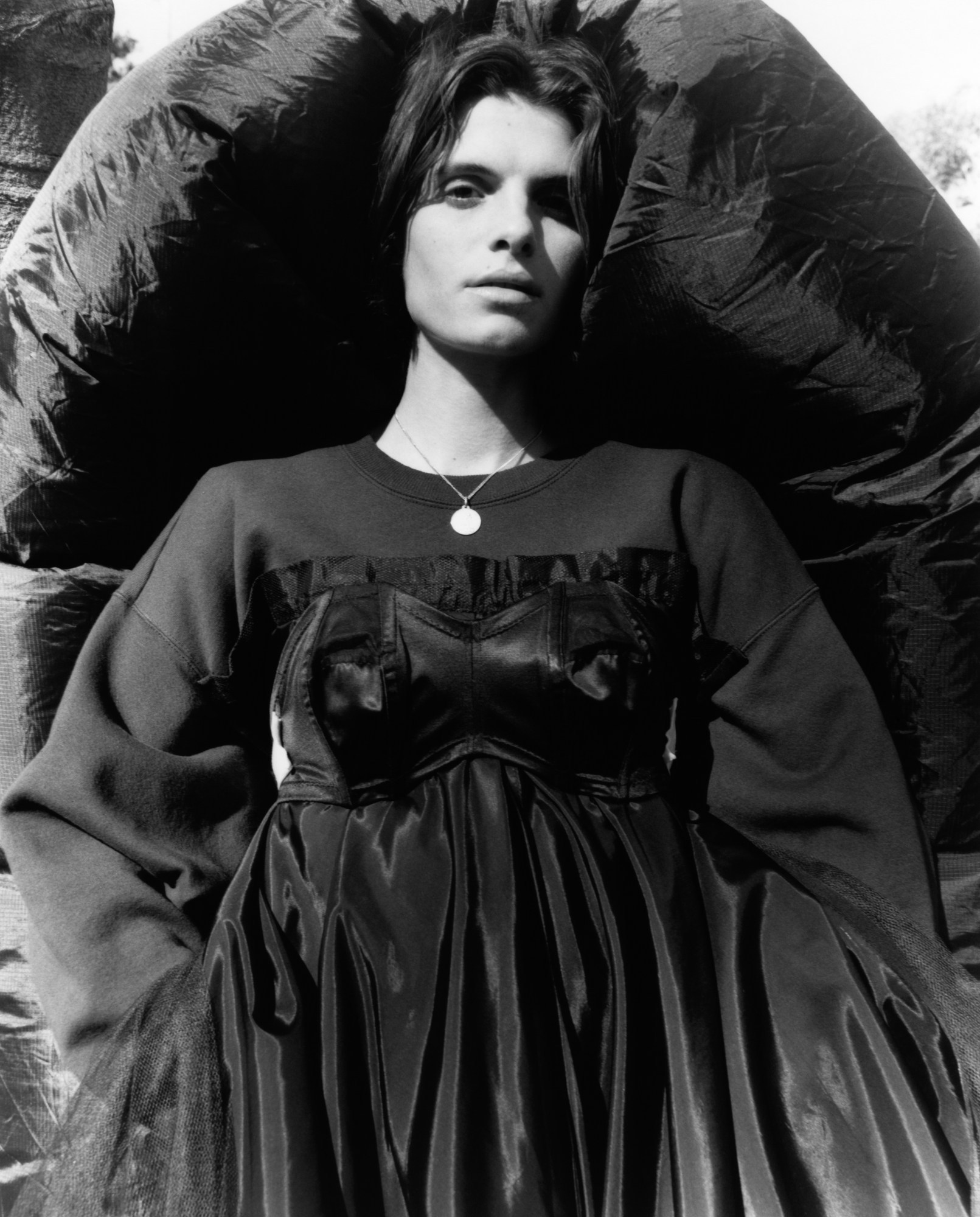
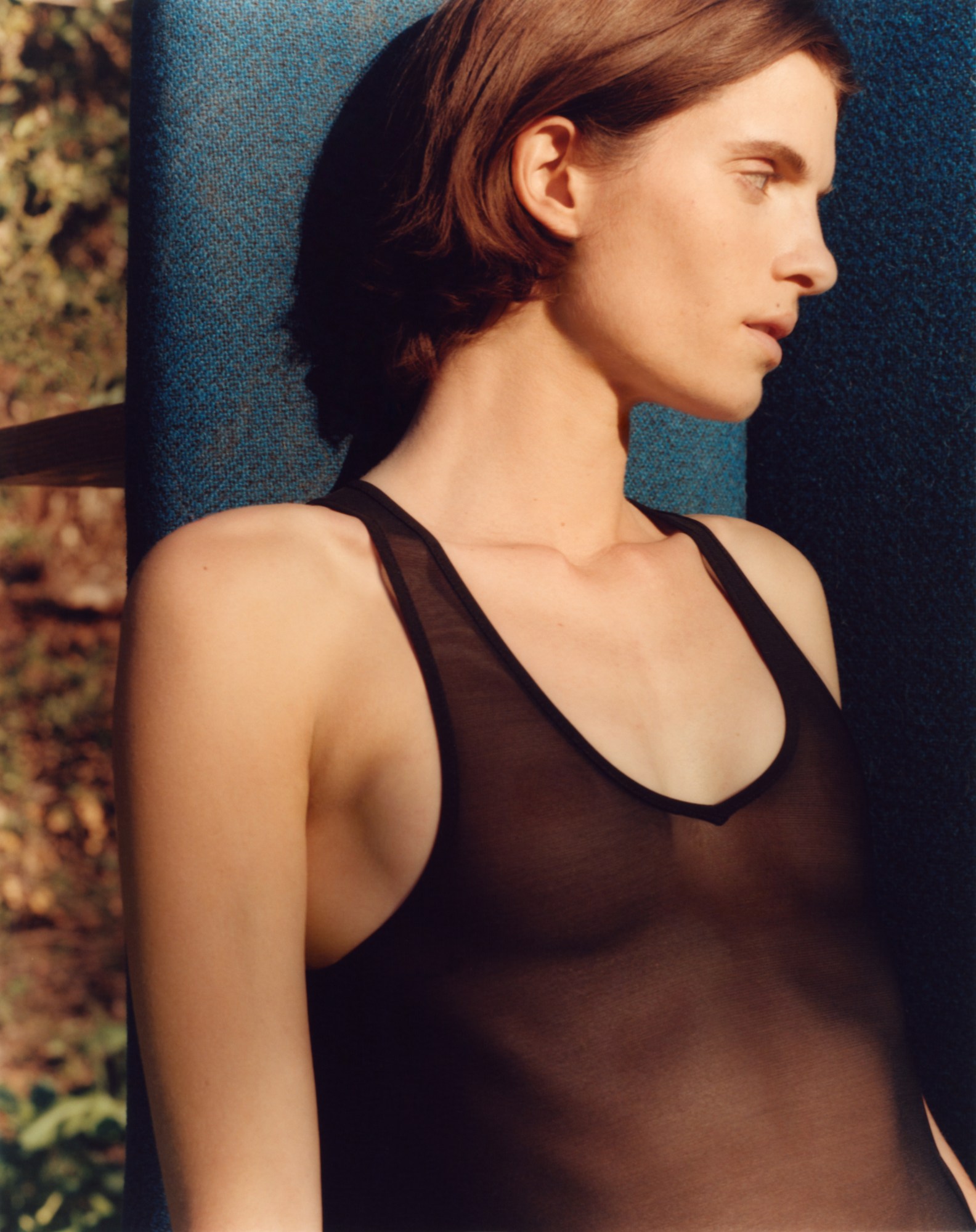
Credits
All images courtesy Parker Woods
